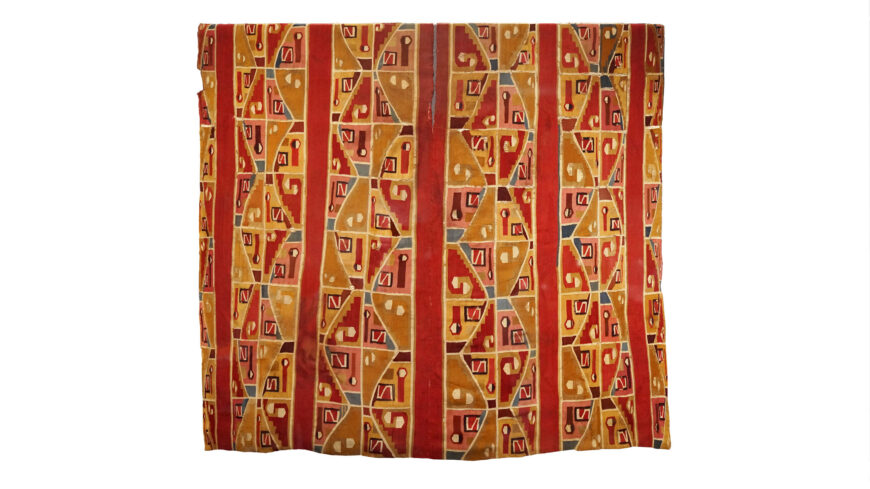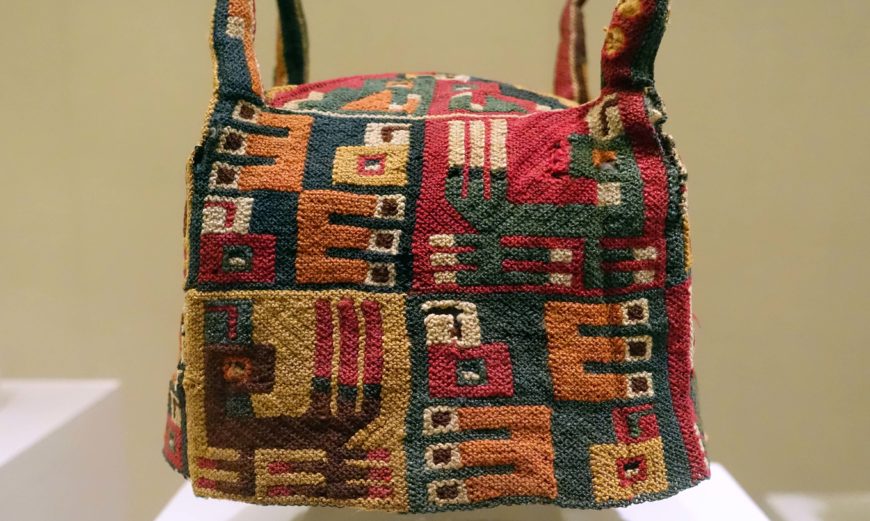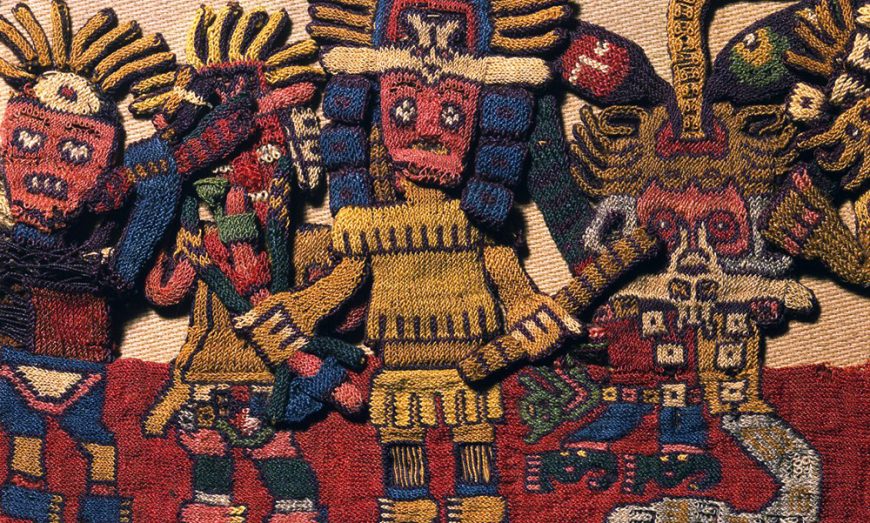It is thought that these tunics were made for soldiers and the checkered pattern camouflaged them into an indistinguishable mass.
Checkerboard tunics, Inka, camelid fiber, first tunic: c. 1400–1540, 88.3 x 80 cm (Dallas Museum of Art), second tunic: 16th century, 87 x 76.5 cm (The Metropolitan Museum of Art), both in the Golden Kingdoms exhibition at The Metropolitan Museum of Art
Additional resources
Checkerboard tunic at The Metropolitan Museum of Art
Checkerboard tunic at the Dallas Museum of Art
Learn more about Andean textiles from the Heilbrunn Timeline of Art History, from The Met
Read about another Inka tunic, the All-T’oqapu Tunic
Smarthistory images for teaching and learning:
No images found.





